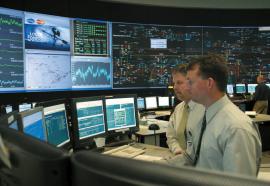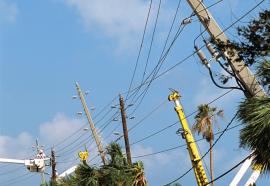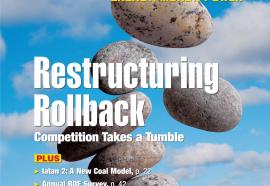Optimizing Demand Response
A comprehensive DR business case quantifies a full range of concurrent benefits.
The benefits of DR remain difficult to quantify. Building a comprehensive business case requires a shift in how policy makers think about DR in order to understand its real possibilities.










